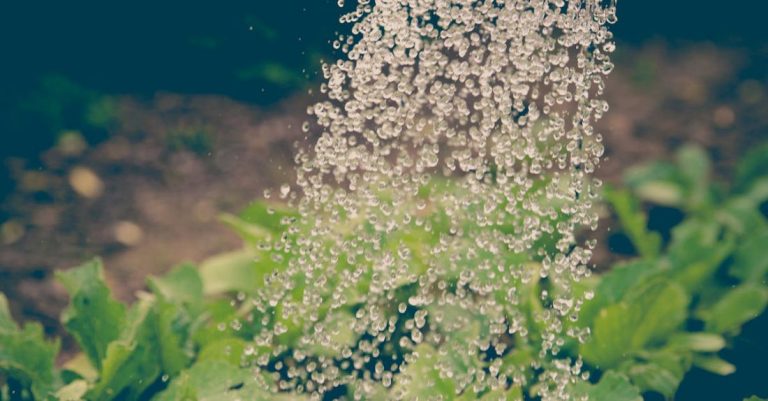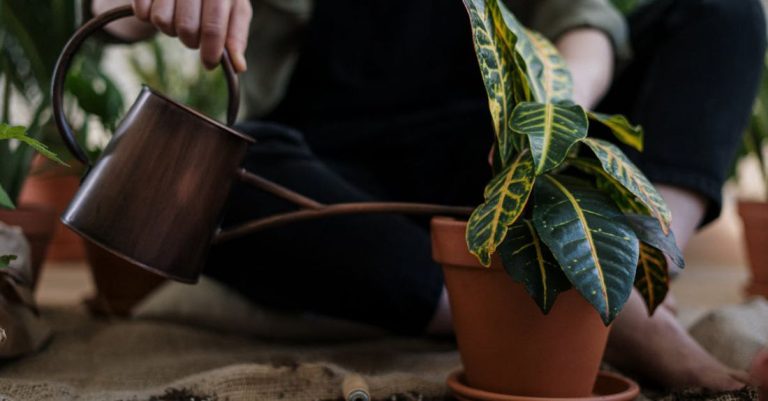
Overwatering can be just as detrimental to your garden as underwatering. It’s a common mistake that many gardeners make, thinking they are providing their plants with the necessary moisture when, in fact, they are causing harm. Overwatering can lead to root rot, nutrient leaching, and even attract pests and diseases. To ensure the health and vitality of your garden, it’s essential to understand how to prevent overwatering effectively.
Assess Soil Moisture Levels Regularly
Monitoring the moisture levels of your soil is the first step in preventing overwatering. Before reaching for the hose, take the time to check the soil’s moisture content. Stick your finger into the soil up to the second knuckle – if it feels dry, it’s time to water. If the soil feels moist or wet, hold off on watering until it dries out a bit. Investing in a soil moisture meter can also be a handy tool to accurately gauge the moisture levels in your garden.
Choose the Right Watering Technique
The method you use to water your garden can greatly impact the likelihood of overwatering. Instead of using a sprinkler that wets the foliage along with the soil, opt for a soaker hose or drip irrigation system. These methods deliver water directly to the base of the plants, minimizing water waste and reducing the risk of overwatering. Additionally, watering in the morning allows excess moisture to evaporate during the day, reducing the chances of fungal diseases caused by wet foliage.
Adjust Watering Frequency
One of the most common causes of overwatering is sticking to a rigid watering schedule rather than adjusting based on the needs of your plants. Different plants have varying water requirements, so it’s essential to tailor your watering frequency accordingly. During periods of heavy rainfall or high humidity, you may need to water less frequently to prevent waterlogged soil. On the other hand, during hot and dry spells, you may need to water more often to keep your plants adequately hydrated.
Improve Soil Drainage
Proper soil drainage is crucial in preventing overwatering. If your garden soil retains water for an extended period, it can suffocate plant roots and lead to root rot. To improve soil drainage, incorporate organic matter such as compost into the soil to enhance its structure and allow excess water to drain away more efficiently. Raised beds or planting on a slight slope can also help prevent water from pooling around plant roots.
Choose the Right Containers
If you’re growing plants in containers, selecting the right pots can make a significant difference in preventing overwatering. Containers with drainage holes allow excess water to escape, reducing the risk of waterlogged soil. When watering container plants, ensure that water flows freely through the drainage holes and doesn’t accumulate at the bottom of the pot. Using a potting mix specifically designed for container plants can also help improve drainage and prevent overwatering.
Implement Mulching Techniques
Mulch not only helps conserve moisture in the soil but also plays a role in preventing overwatering. A layer of organic mulch such as straw, wood chips, or shredded leaves helps regulate soil temperature, reduce water evaporation, and prevent excessive moisture loss. Additionally, mulch acts as a barrier, preventing water from splashing onto plant foliage and reducing the risk of fungal diseases. Apply a 2-3 inch layer of mulch around your plants, keeping it a few inches away from the plant stems to prevent stem rot.
Promote Healthy Root Growth
Healthy roots are essential for plants to efficiently absorb water and nutrients from the soil. By promoting strong root growth, you can help prevent overwatering issues. Avoid compacting the soil around plant roots, as this restricts oxygen flow and water absorption. Aerating the soil periodically with a garden fork or aerator can improve soil structure and prevent water from pooling around the roots. Additionally, avoid planting too deeply, as this can lead to poor root development and waterlogged soil. Plant at the appropriate depth, ensuring that the root flare is at the soil surface.
Conclusion:
Preventing overwatering in your garden is crucial for the overall health and vitality of your plants. By assessing soil moisture levels regularly, choosing the right watering techniques, adjusting watering frequency based on plant needs, improving soil drainage, selecting the right containers, implementing mulching techniques, and promoting healthy root growth, you can effectively prevent overwatering and create a thriving garden ecosystem. Remember, when it comes to watering, less is often more, and understanding the specific needs of your plants is key to preventing overwatering. By following these tips, you can enjoy a lush and flourishing garden without the risk of water-related problems.





